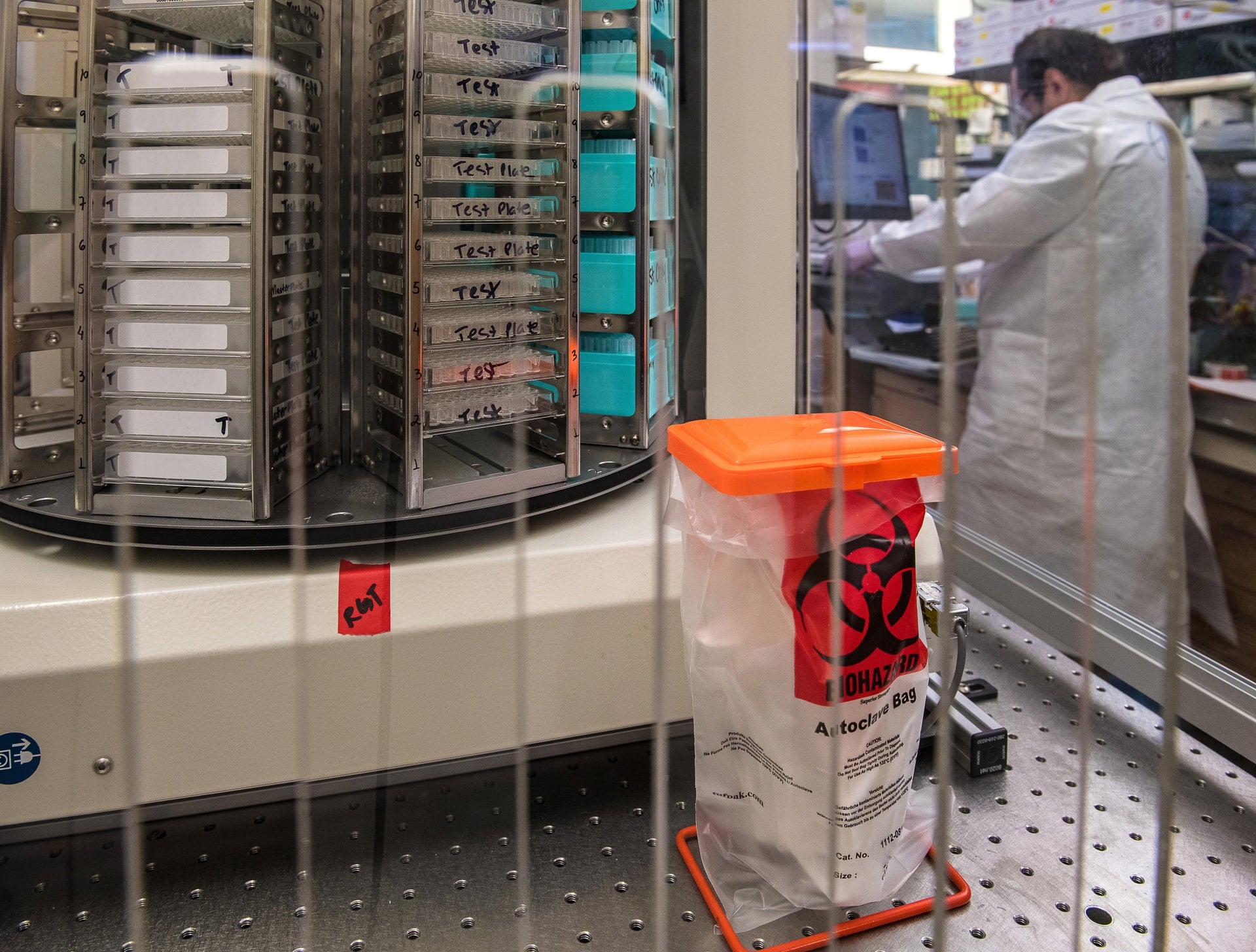Often, demand planning and supply planning get confused with one another. While both are closely related, each is quite different. Demand and supply planners must work together closely, but most businesses have separate departments for demand and supply planning. This article will compare and explain demand planning vs. supply planning.
It can be challenging for these individual departments with contrasting functions to collaborate efficiently, but the dawn of integrated business planning has aided many businesses in this area.
Using supply chain planning software can help you manage your organization’s demand and supply planning coordination, seeing that all contributors can access the same data through a shared, efficient, and readily available platform. To smoothly integrate your organization’s demand and supply planning, check out SAP Business ByDesign and SAP S/4HANA Cloud Public Edition ERP solutions.
Read on as we differentiate the differences between demand planning vs. supply planning and consider the heart of an ERP system.
Most Notable Differences Between Demand Planning and Supply Planning
Demand planning mainly concerns predicting consumer demand to manage supply chain operations. Meanwhile, supply planning primarily involves managing inventory to meet the projected demand.
Supply planning relies mainly on the demand projections that the demand planning department churns out, and supply planners usually take their lead from the demand planning department.
Demand Planning Functions
Demand planners must consider data from several sources when coming up with their forecasts. These sources may include past sales data, the effects of advertising and marketing, the behavior of distributors and retailers, and even socio-political climate. Both types of demand forecasts make use of these sources.
The two types of demand projections include constrained demand forecasting and unconstrained demand forecasting. Constrained demand forecasting considers the business’ limitations in meeting the demand for their products or services. By preempting and planning for these constraints, a company will better meet customer service targets while lowering costs.
On the other hand, unconstrained demand forecasting is somewhat like a thought experiment where planners imagine the maximum demand potential without limitations, like the company’s production capacity and capital-output.
Unconstrained demand forecasting can help give the company a target to aim for, however unattainable it may be. Many businesses utilize both types of demand forecasting, as both can prove advantageous.
Some businesses only make use of constrained demand forecasting, though companies that make use of integrated business planning utilize both unconstrained and constrained demand forecasting. Employing both types will significantly aid a business in operating more efficiently in the short term while also scaling its operations in the long run.
The Functions Of Supply Planning
Supply planning is about meeting demand forecasts as swiftly and accurately as possible, compelling you to oversee all the inventory production and logistics factors. These factors may include planned and received orders, existing inventory, setting expectations for lead times in manufacturing products, setting minimum order quantities, chasing demand, leveling production, and overseeing safety stocks.
Integrated Business Planning For Collaboration
Having the supply planning and demand planning departments collaborate seamlessly can be a challenge. However, overcoming these problems has never been easier than now, with the help of integrated business planning.
Integrated business planning utilizes data and input from both demand and supply planning departments to arrive at a single plan that they will follow, allowing both teams of planners to be consistent in both their long-term and short-term objectives.
ERP System In Supply Chain Planning And Management
As mentioned earlier, supply chain planning software gives you the power to analyze more extensive data sets, resulting in more accurate forecasts, as opposed to manual planning methods. Through the Enterprise Resource Planning (ERP) system, which revolves around the aforementioned purpose-driven software, you will be able to refrain from duplicating information and resources throughout your organization.
Before, company executives would allocate budgets to each department. Managers in respective departments would then apply their budget allocations to acquire the resources necessary for their departments. Centralized leaders and software tools can use ERP to oversee an enterprise-wide resource budget. This approach ensures that you steer clear of wasted resources and costly returns.
Using technology at the heart of an ERP system, you will also detect specific trends and patterns in the data, lessen the amount of time spent compiling and integrating spreadsheets, and avoid creating contrasting demand and supply strategies. Instead, it can develop a supply plan that will match your organization’s demand and supply plan rapidly and systematically.
Ironing out your demand and supply planning is essential for success, no matter your ideas on management. Take the time to plan well, and watch your business grow!
Learn more from Navigator Business Solutions, the supply chain experts!





